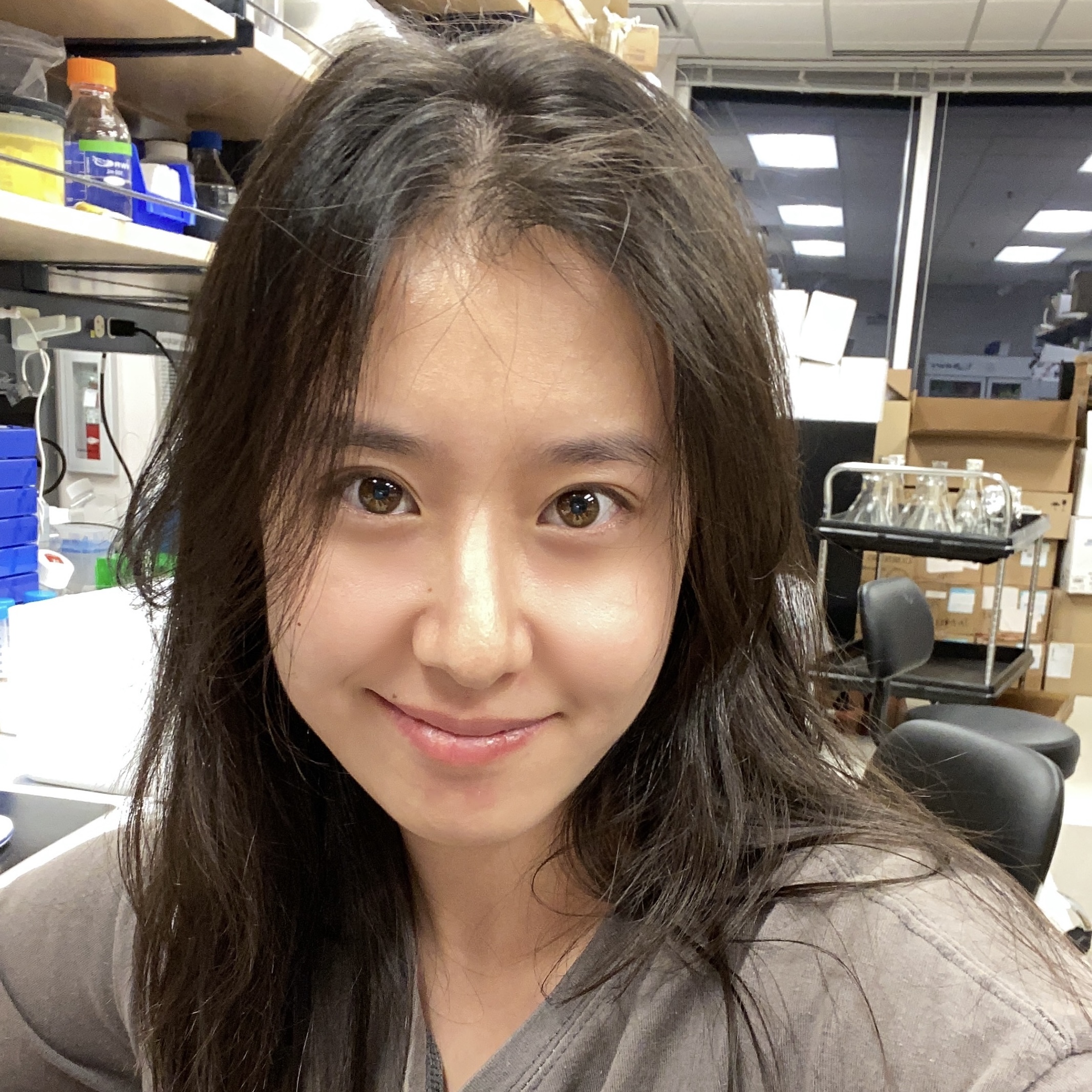Drug Delivery
Minimally Invasive Stromal/Platelet hybrid membrane Inspired Nanocells for Cardiac Repair
(K-435) Minimally Invasive Stromal/Platelet hybrid membrane Inspired Nanocells for Cardiac Repair

Mingqian He
Research Assistant
Joint Department of BME of UNC Chapel Hill-NCSU
Raleigh, North Carolina, United States- KH
Ke Huang
Research Assistant Professor
North Carolina State University, United States
Presenting Author(s)
Primary Investigator(s)
Cardiovascular disease is a leading cause of death worldwide, and effectively treating myocardial ischemia/reperfusion (I/R) injury remains a critical challenge in clinical practice. I/R injury occurs when the reintroduction of oxygenated blood to ischemic myocardium generates high levels of reactive oxygen species (ROS), causing further tissue oxidative damage.
We report a novel nanoparticle, SPIN, which combines platelet and cardiac stromal cell (CSC) membranes and CSC-derived regenerative factors to promote heart regeneration following I/R injury. SPIN is synthesized by mixing platelet and CSC membranes with nanoparticles encapsulating CSC factors outside the core. By leveraging the natural infarct-homing ability of platelet membranes and the enhanced biomimicry of original cardiac stromal cells and intercellular communication provided by stromal cell membranes, SPIN enables targeted delivery of therapeutic payloads to the injured heart. SPIN demonstrates a more favorable effect on promoting cardiomyocyte regeneration compared to using a single-cell membrane. This mixed cell membrane-wrapped SPIN could serve as a promising therapeutic delivery platform for treating a variety of diseases.
Materials and Methods:: We developed a novel nano platform called stromal-platelet-inspired nanoparticles (SPIN) for the treatment of cardiovascular diseases. The SPINs were engineered using hybrid membranes derived from CSCs and platelets, encapsulating therapeutic CSC secretome within PLGA nanoparticles and coating them with the hybrid membrane.
Synthesis and Characterization of SPINs:
The SPINs were synthesized using a combination of techniques. First, PLGA nanoparticles were prepared using the emulsion solvent evaporation method, incorporating the therapeutic CSC secretome. The physicochemical properties, such as size, morphology, and encapsulation efficiency, were characterized using dynamic light scattering (DLS), and scanning electron microscopy (SEM).
In vitro Bioactivity of SPINs:
To evaluate the bioactivity of SPINs, cellular proliferaton studies were conducted using H9c2 cells. The release profie of CSC secretome from SPINs was assessed using a Enzyme-linked immunosorbent assays.
Functional Benefits of SPIN Therapy in Mice with Myocardial I/R Injury:
In vivo experiments were conducted using a rat model of myocardial ischemia/reperfusion (I/R) injury. Rats were randomly assigned to different treatment groups, including SPIN therapy, SNP therapy, PNP therapy and I/R controls. Cardiac function, such as left ventricular ejection fraction (LVEF) and fractional shortening (FS), were assessed using echocardiography. Histological analyses were performed to evaluate myocardial fibrosis and tissue repair.
In vivo Bioactivity of SPINs:
To further investigate the in vivo bioactivity of SPINs, the distribution of SPINs in major organs was examined using fluorescence imaging. The therapeutic effects of SPIN therapy on myocardial inflammation, angiogenesis, and tissue regeneration were evaluated through immunohistochemical staining and relevant molecular markers.
Results, Conclusions, and Discussions::
We developed stromal-platelet-inspired nanoparticles (SPINs) by combining hybrid cell membrane stealth with a double emulsion-based solvent evaporation/extraction process. The successful fusion and encapsulation of two cell membrane fragments on PLGA nanoparticles' surface were demonstrated, with no adverse effects on stability compared to single-membrane nanoparticles. In vitro studies showed enhanced cardiac targeting ability of SPINs. Functional benefits studies using echocardiography with ultrasound imaging strongly supported SPINs' ability to promote cardiac function. Masson's trichrome staining of heart morphology revealed SPINs' protective effect, reducing scar size and preserving viable myocardium in the scar area compared to other treatments. In vivo bioactivity studies highlighted SPINs' therapeutic potential in mitigating inflammation and fostering cardiac tissue regeneration. Immunofluorescence staining demonstrated SPINs' promotion of cardiac progenitor cell recruitment and homing of endothelial progenitor cells, leading to increased vascularization and improved oxygen supply to the healing tissue.
Combining platelet membrane's infarcted area homing ability with cardiac stromal cells' membrane-membrane communication, SPINs present a promising platform for targeted cardiac I/R injury regeneration. Moreover, SPINs exhibited a more favorable effect on promoting cardiomyocyte regeneration compared to single-cell membrane nanoparticles.
The internalization mechanism of biomimetic nanoparticles can be influenced by cell membrane coating integrity, resulting in varying internalization behaviors. Furthermore, surface modification of nanoparticles remains an unexplored area in this study. Future research could investigate incorporating membrane surface modifiers to modulate immune responses or enhance targeting abilities. Additionally, the underlying mechanism through which this hybrid membrane elicits a regenerative response in cardiomyocytes requires further exploration.
Beyond cardiac reperfusion injury treatment, the hybrid stromal cell membrane and platelet membrane-encapsulated nanoparticle technique could be applied to reperfusion treatments for embolism or infarction at other sites. The combination of cell membranes to incorporate their functions holds promise for expanding the physiological functions of microparticles and nanoparticles.
In conclusion, the synthesis of SPINs with their unique combination of cell membranes represents an innovative approach for targeted therapy in cardiovascular diseases and beyond. Further investigations and advancements in this field may pave the way for more effective and versatile therapeutic interventions in the future.
Acknowledgements (Optional): :
References (Optional): :
